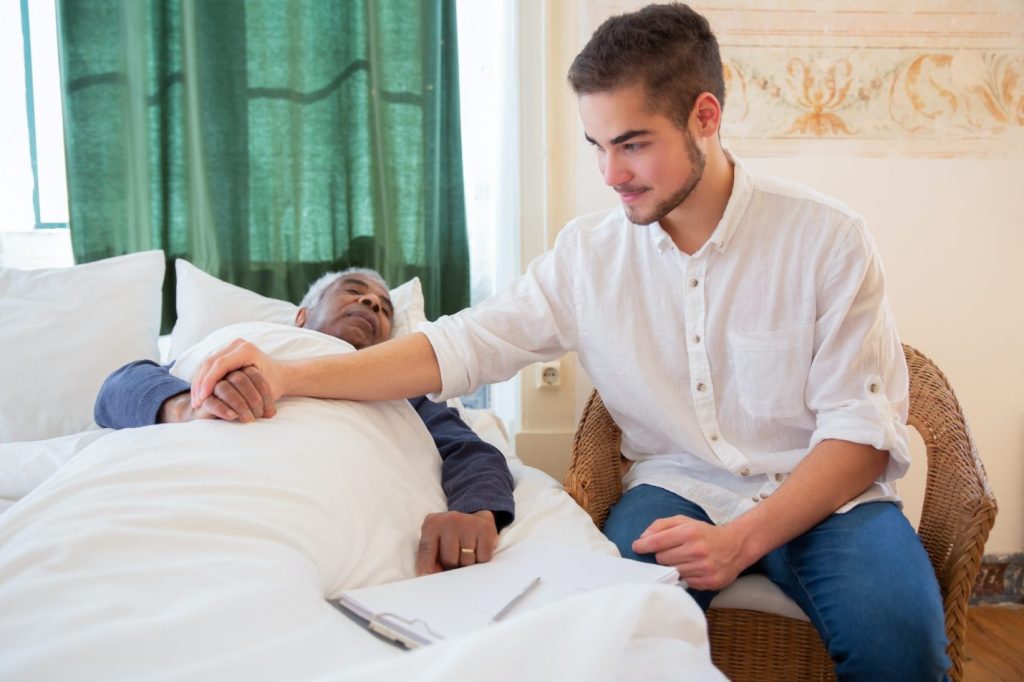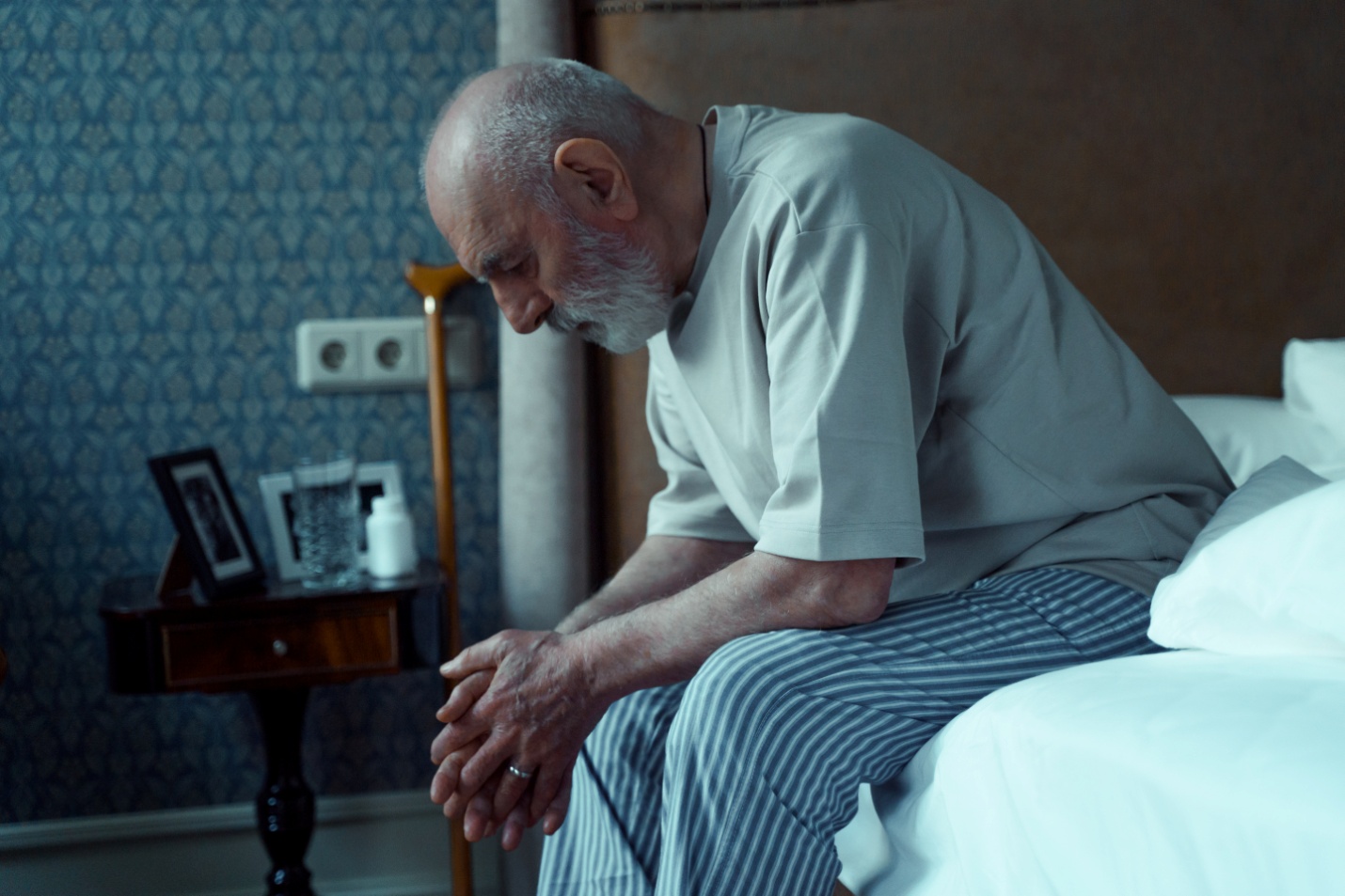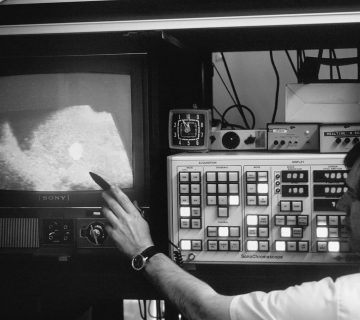Benign prostatic hyperplasia (BPH), also known as enlarged prostate, is a common condition among men over 40. While many treatment options are available, it is important to understand the common signs of BPH to make informed decisions about your care.
Read more: Common Signs of an Enlarged Prostate and What You Should DoLet’s take a closer look at what an enlarged prostate looks like and how to treat it.
Common Signs And Symptoms Of An Enlarged Prostate
The most common symptom of BPH is difficulty urinating. Men with an enlarged prostate may:
- Have a weak stream
- Find it difficult to start urinating or stop
- Feel like they need to go more frequently than usual
Other symptoms include waking up multiple times throughout the night to urinate, feeling pain or discomfort during urination, leaking urine after going, or having difficulty fully emptying their bladder.
How Is Enlarged Prostate Diagnosed?
If you’re experiencing any of these symptoms, you must see a vascular specialist for a full workup. Your doctor can diagnose BPH by performing a rectal examination and possibly other tests such as blood tests, urine tests, or ultrasounds.
Treatment Options
Once you have been diagnosed with BPH, several treatment options are available depending on your condition’s severity. These include lifestyle changes such as reducing fluid intake before bedtime or avoiding certain foods and drinks that can aggravate your symptoms.
Cutting out caffeine and alcohol can be beneficial for your condition. Caffeine is a known irritant to the bladder, so avoiding it can reduce your symptoms. Alcohol has a diuretic effect, which causes the body to produce more urine than usual. This can lead to more frequent trips to the bathroom. While eliminating caffeine and alcohol can help manage your symptoms, it may not be enough.
If the symptoms are persistent, your doctor will put you on medications. These medications will include alpha blockers or 5-alpha reductase inhibitors.
Additionally, minimally invasive procedures such as transurethral resection of the prostate; or more invasive surgeries such as open prostatectomy are also recommended. Prostate artery embolization is another common minimally invasive treatment vascular surgeons suggest to patients experiencing this medical condition.
It is important to discuss all treatment options in detail with your doctor before deciding which one is right for you.

If you’re experiencing any of the mentioned symptoms, it might be time to visit one of our qualified vascular specialists at RJIR Vascular & Oncology. We offer various treatments for enlarged prostates, including minimally invasive therapies, surgeries, and medications. We also offer various other treatments for varicose veins, leg cramps, knee pain, and much more.
So what are you waiting for? Get in touch with us for enlarged prostate treatment today.




No comment